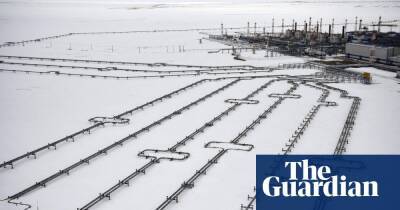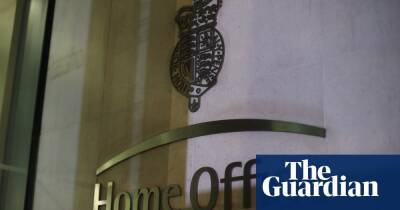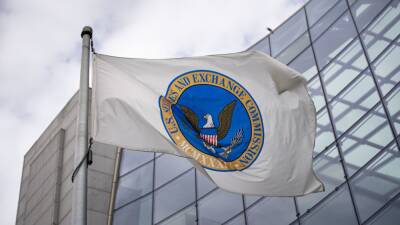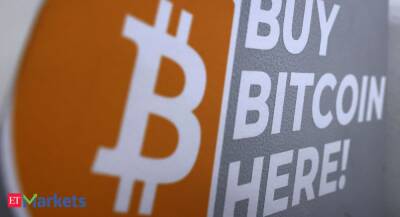Rishi Sunak ‘protecting Treasury from inflation at families’ expense’
Rishi Sunak has battled to protect the Treasury from rising prices while allowing inflation to ravage the finances of low and middle-income households. That is the accusation levelled at the chancellor after a spring budget statement that put government debt reduction ahead of calls for extra welfare support for hard-pressed families.
Sunak’s dilemma, as inflation heads towards 8% and possibly beyond, is whether he can afford to increase the Treasury’s outlay on welfare and public services, including public sector pay.
His team believes that the Treasury needs to keep a large fund in reserve to pay higher debt costs, much of which is linked to inflation.
A proportion of the UK’s debt is held by lenders in the form of index-linked bonds. The more inflation rises, the higher the interest rate the government must pay.
Then there is the £875bn of government debt held by the Bank of England – equal to more than a third of the total – which until last year carried an interest rate of just 0.1%.
Central bank officials are attempting to limit the rise in inflation by increasing borrowing costs. Two rate rises later, and the annual interest rate stands at 0.75%, raising Sunak’s debt bill further.
Figures covering the public finances in February show inflation pushed up interest payments on government debt by more than 50% to £8.2bn, the highest February figure on record.
Yet debts costs remain at historic lows as a proportion of the government’s budget, which is a better measure of its ability to pay. In the 1980s, debt interest cost the government about 10% of annual revenues. Today that figure is below 3%, despite a debt mountain that has more than doubled in relation to national income over that time.
In addition, UK government debt
Read more on theguardian.com

















